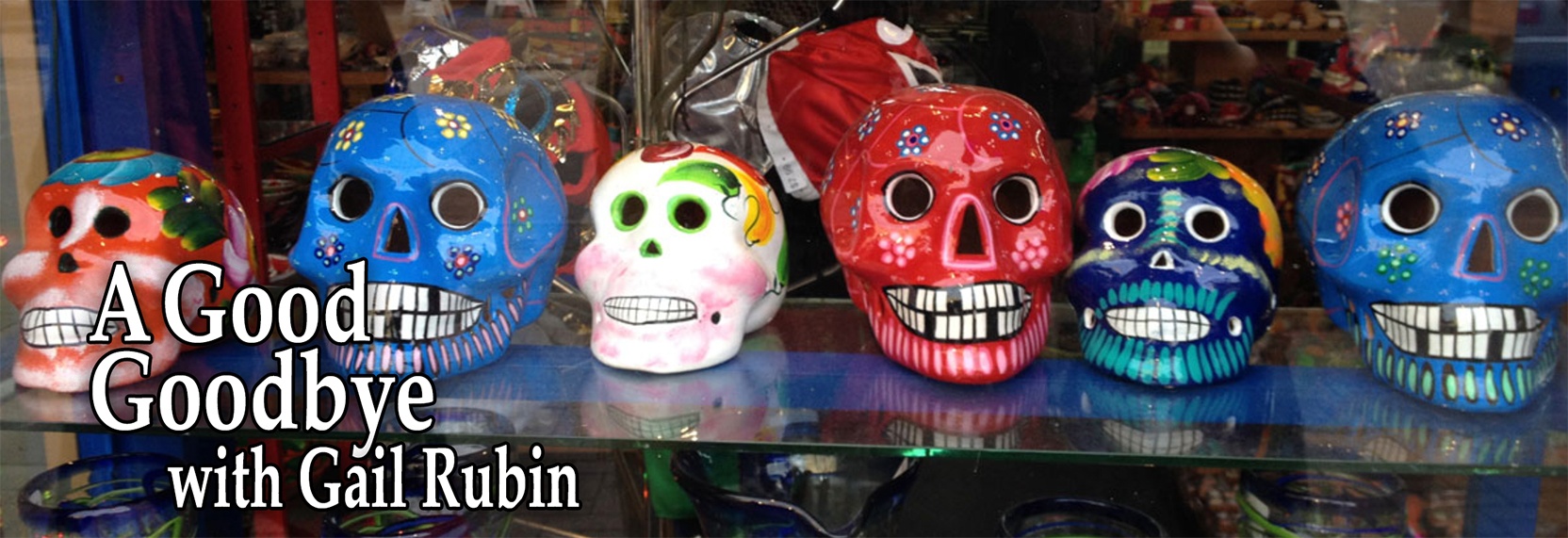Jewish Funerals on Film
Movies can be a safe, even entertaining, way to explore the rituals that surround death, and few traditions are as rich, layered, and surprisingly funny as Jewish mourning customs. Four films, My Mexican Shivah, Nora’s Will, This Is Where I Leave You, and The Cemetery Club, offer heartfelt, humorous windows into grief, community, and continuity. Note that the spelling of “Shiva” varies with or without the “h” on the end.
If you’d like to stream the movie or buy the DVD, click on the link in the film’s title. It’s an Amazon affiliate link, so you can help support my work with a referral.
My Mexican Shivah (2007)

This cross-cultural comedy from Mexico brings the universal into the particular, showing how Jewish mourning takes on the local flavor of Mexico City. When Moishe dies, his extended family gathers to honor him with traditional rituals: the tahara (washing of the body), the funeral, and the seven-day shivah. Between the prayers, gossip, tequila toasts, and a few meddling angels, the film reminds us that mourning doesn’t erase personality or passion. Shivah may be about grief, but it’s also about life continuing with laughter, food, and family drama, sometimes in Yiddish, sometimes in Spanish, and always in universal human emotion.
Nora’s Will (2008)

Also set in Mexico, this award-winning film brings a darker edge to the humor of death. Nora dies by suicide just before Passover, and her ex-husband José must navigate the complications of her final wishes, and Jewish funeral rules that forbid burial on holidays. The rituals, keeping the body company (shmira), organizing the shivah, arranging burial in accordance with tradition, highlight the tension between love and resentment, faith and doubt. The film uses Jewish customs as both a cultural framework and a source of comic friction. Even in death, Nora gets the last word.
This Is Where I Leave You (2014)

The American counterpart to these Mexican stories, This Is Where I Leave You turns the shivah into a modern family reunion gone off the rails. Jane Fonda’s matriarch insists her adult children sit together for the full seven days. She says, “For the next seven days, you are all my children again… and you are all grounded.” Through its irreverence, the film captures the heart of shivah: family gathered in shared space, sharing memories, arguments, casseroles, and uncomfortable seating arrangements. The shivah becomes less about ritual correctness and more about reconnection, a theme as true in Judaism as it is in cinema.
The Cemetery Club (1993)

This gentle dramedy picks up where shivah ends. Three widowed friends meet monthly at their husbands’ graves, a kind of “extended mourning group” with lunch. Their journey from grief to growth shows that mourning is not a single event, but an evolving conversation between love and memory. The film celebrates the enduring bonds among those who have lived through loss, and the courage it takes to love again.
Final Thoughts on Jewish Funerals and Films
These four films illuminate Jewish funeral and mourning traditions not as somber duties, but as living rituals that bind the past to the present. They show that death in Jewish culture is both serious and spirited, rooted in community, ritual, and a sense of humor that even death can’t silence. After all, sitting shivah is about more than mourning the dead, it’s about reminding the living how to live.
Discussion Questions
Here are some questions to help prompt discussion of the themes in these films.
Each of these films balances humor and grief. How does laughter help us process loss?
In My Mexican Shivah and Nora’s Will, Jewish rituals are filtered through Mexican culture. What does this blending of traditions reveal about the universality of mourning?
This Is Where I Leave You portrays a shivah that’s more emotional than religious. What role does tradition play when belief fades but family remains?
The Cemetery Club shows mourning as a long-term process. How do we know when grief becomes memory—and can that ever fully happen?
If you were to host your own shivah (metaphorically speaking), what stories, songs, or snacks would you want shared in your honor?
Gail Rubin, Certified Thanatologist and The Doyenne of Death®, uses Mortality Movies to teach about funeral planning and preparing for end-of-life issues. Subscribe to her Substack column, Mortality Movies with The Doyenne of Death®.
Share this:
- Click to share on Facebook (Opens in new window) Facebook
- Click to share on LinkedIn (Opens in new window) LinkedIn
- Click to share on X (Opens in new window) X
- Click to share on Pinterest (Opens in new window) Pinterest
- Click to email a link to a friend (Opens in new window) Email
- Click to print (Opens in new window) Print
